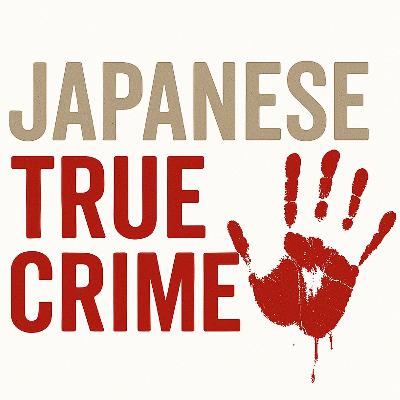021 In 1915, a man was wrongly convicted of murder until the real killer confessed; the case highlights risks of relying solely on confessions.
Description
The Suzugamori Ohara Murder Incident, a wrongful conviction case from the Taisho era, occurred on April 30, 1915, at the former Suzugamori execution grounds. The victim's lover was arrested but later exonerated when the true perpetrator confessed.
The Suzugamori Ohari Murder Case, which occurred on April 30, 1915, at the site of the former Suzugamori execution grounds in Tokyo, Japan, is a notable example of a wrongful conviction from the Taisho era. The victim, Ohari, was a 26-year-old woman employed at a sand bath inn adjacent to the Onigami Shrine. Her body was discovered on the shrine's premises, showing signs of strangulation and post-mortem mutilation.
Initially, the police focused on K, one of Ohari's lovers, as the prime suspect. K, despite being married with children, had been involved with Ohari for several years. Their relationship recently ended after a dispute over a separation payment. Under intense interrogation, K confessed to the crime, detailing how a confrontation with Ohari led to her accidental death, followed by attempts to conceal the body. However, the investigation failed to find physical evidence, such as the alleged murder weapon, and K's account had inconsistencies.
The case took a dramatic turn when Ishii Toji, a 44-year-old man with prior convictions, confessed to the murder while in custody for another crime. Ishii claimed that he encountered Ohari alone at night, attempted to assault her, and, when she resisted, strangled her. To mislead the investigation, he claimed to have staged the scene to suggest a crime of passion. His detailed knowledge of the crime scene and the discovery of a woman's wallet matching Ohari's personal items lent credibility to his confession. Consequently, K was released, and Ishii was charged with the murder.
During the trial, Ishii admitted his guilt and even requested the death penalty, expressing remorse for his actions. Initially, the Tokyo District Court acquitted him due to insufficient evidence, a decision that surprised both the prosecution and defense. Both parties appealed, and in March 1918, the Tokyo High Court convicted Ishii, sentencing him to death. He was executed on August 17, 1918.
This case highlights the complexities of criminal investigations and the potential for miscarriages of justice. It underscores the importance of corroborating confessions with physical evidence and ensuring that legal proceedings uphold the principles of fairness and accuracy.
https://bit.ly/4lrwr8E
CC BY-SA 4.0





